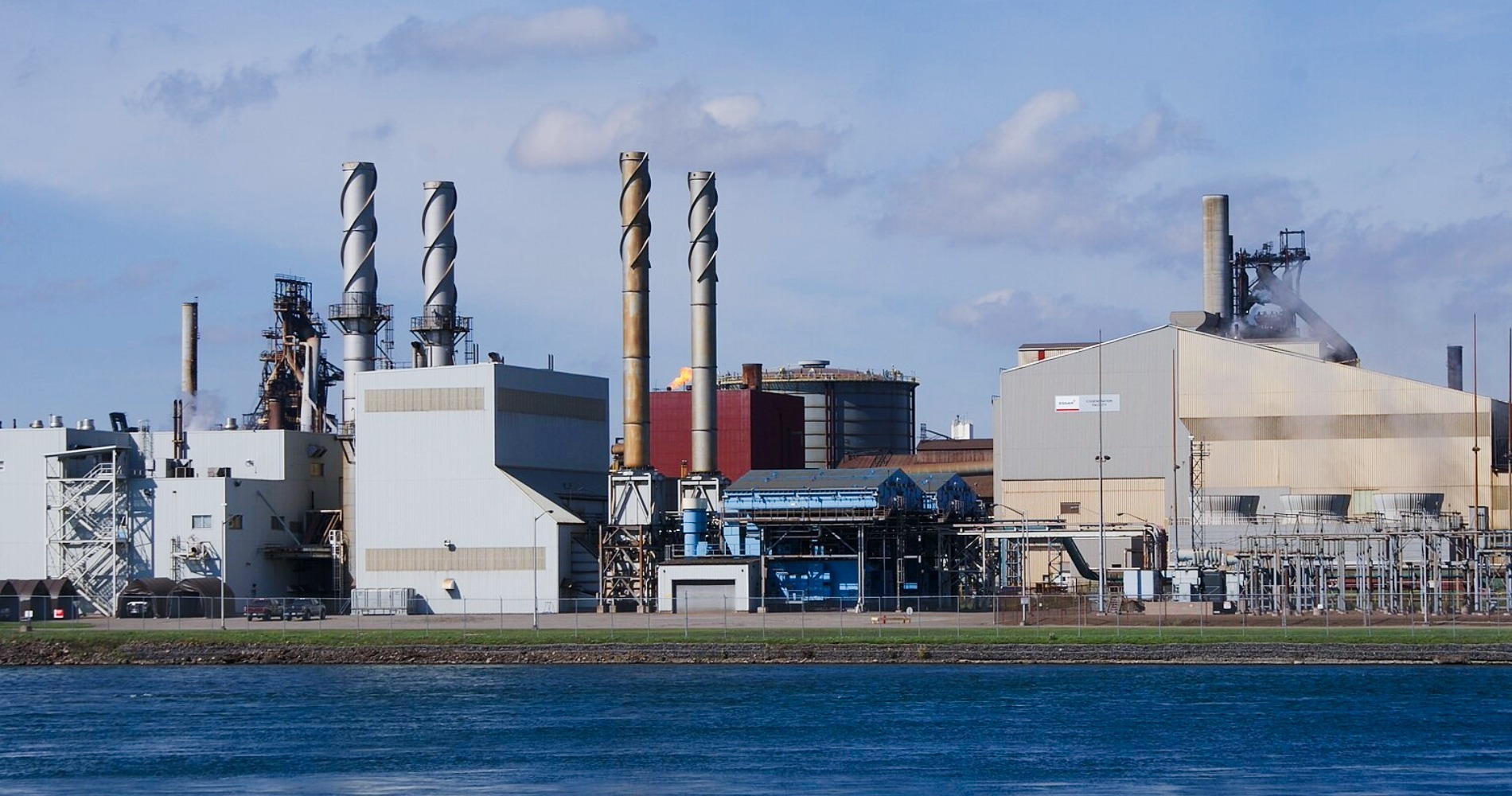The federal government’s announcement on February 19 that it will pursue an electrified high speed rail (HSR) project from Toronto to Quebec City is welcome news. A national infrastructure project of this size will have numerous economic, social and environmental benefits that has the potential to profoundly improve transportation patterns in Canada’s most populous region. Unfortunately, the government’s decision to pursue a public-private partnership (P3) to design, build, finance, operate and maintain this vital service could jeopardize the ability to realize many public benefits.
There is no question that building high speed rail in the Toronto to Quebec City corridor will profoundly transform the region. Cutting travel times between Canada’s two largest cities to three hours will likely drastically reduce short-haul airline flights and trips by car and their associated carbon emissions. Evidence from other countries show demonstrable reductions in fossil-fueled based travel when HSR is an option.
The Madrid-Barcelona HSR line opened in 2008, passenger volume for rail increased by 1,380,000 people in the first year of operation—and by more than 500,000 in the second year. Air transport between the two cities, on the other hand, lost 800,000 passengers in the first year and more than 1 million in the second year. Similarly, for auto travel, California’s HSR system estimates that, if and when it is finally built, it will reduce vehicle miles of travel in the state by 10 million miles each day.
By diverting significant amounts of air and car travel to rail, traffic congestion in these major centres should also be substantially reduced. Moreover, the construction of an HSR line and the subsequent reduction in other modes of travel will remove pressure to expand the infrastructure for more fossil fuel-based transportation like highways and airports.
Beyond the economic impacts of the initial construction and manufacturing for such a project, HSR can also have other diverse economic spin-offs. The construction of the line should bolster economic development along the corridor, attracting commercial and residential development, along with other amenities to station locations. HSR could also be a boon for regional tourism, as the convenience and affordability of HSR make regional travel a more attractive option.
But in order to maximize these benefits, the HSR system must be able to sustain high ridership through affordable fares in order to entice travellers to make the switch to rail. As a public-private partnership , the private partner will be operating the HSR service for the length of what will no doubt be a decades-long contract. Government documents suggest that the majority of the private provider’s revenues will come via the farebox.
Passenger rail is a notoriously unprofitable enterprise. Indeed, most HSR lines lose money, with only those situated in particularly densely populated areas able to turn a regular profit. The conflict between the public interest in a low cost, high volume, high speed rail service versus the private interest of maximizing profitability and securing an adequate return on investment will be acute. Allowing the private provider to set fare rates will no doubt price-out a large segment of the population that would otherwise be predisposed to choose rail over other travel options.
Under a P3 contract, the government’s stated commitment to fare equity for Canada’s HSR will require subsidizing the profits of the private provider if they are not free to set prices to ensure their own profitability—which begs the question of why this project isn’t solely in public hands.
The P3 provider will inherit all current VIA Rail service and their workers in the corridor. While the government states that collective agreements will be recognized, the imperative to maximize profitability in an otherwise unprofitable enterprise could incentivize cutting labour costs once those agreements run their course.
Moreover, the transfer of VIA Rail’s most profitable routes in the Quebec City – Toronto corridor threatens the survival of the rest of the VIA Rail system throughout Canada. With more than 80 percent of VIA’s revenue coming from those routes, its ability to maintain service throughout the rest of Canada could be profoundly compromised. Allowing VIA to own and operate HSR as a means to subsidize less travelled, but vitally important routes throughout the rest of the country is another reason why this project needs to remain in the public’s hands.
The P3 consortium’s partners have a notoriously poor track record in actually delivering high-quality rail service. The Cadence Group that won the contract includes AtkinsRéalis, formerly known as SNC Lavalin—the same SNC Lavalin that is responsible for the problem-plagued Ottawa LRT expansion that suffered delays, cost-overruns and continuous breakdowns that a public inquiry concluded “betrayed the public trust.” The consortium also includes CDPQ Infra, responsible for the beleaguered REM de L’Est light rail project that was taken over by the Quebec government after public backlash.
None of this inspires much confidence in the ability of the P3 consortium to be able to deliver the HSR on-time and on-budget. But the larger question is why we would allow what will be Canada’s largest national infrastructure project in history to be dictated by the interests of private companies. P3 contracts, which last for decades, effectively cede control over public infrastructure to the private sector for the length of the contract. Any changes or alterations in schedules, stations, or routes during the life of the contract will have to be negotiated with the P3 provider, which often end in protracted legal battles. While there is no doubt that the HSR line can be a public good, the only way to ensure it remains a public good is if it is in the hands of the public.


